Learning yesterday about my Scottish cousin Douglas’ recent heart attack has made me think about the Isle of Skye where both he and my mother were born. Our family has lived on Skye for six generations. A first-generation Canadian, I grew up listening to my mother and uncles’ stories about their early days in and around Portree, the capital, currently with a population of just over a thousand.
They talked of their grandparents’ croft on the outskirts of town; of their uncles’ tailor shop; of Braeside cottage, where Mum hung out her bedroom window and watched the fishermen going to sea—the Atlantic a constant presence, its smells and gray-green surface encircling them. I knew the woods where Mum hid her shoes every morning and ran barefoot to school. And I’d heard about The Lump (a natural amphitheatre near the center of town where the Highland Games are held each August) so often that it seemed I was the one who had played there as a girl and not my mother.
Mist and myth shroud Skye, the largest of the Hebrides, the Cuillin peaks jagged contours visited by clouds, constantly changing according to the time of day and the light. In July, it’s twilight for most of the night, creating a mysterious atmosphere. The Cuillins add to the mystery, dark hulking shapes. Even at night they seem ephemeral, not quite tangible, as if stepping out of a fairy tale and not sure of the role they’re to play, older than I have the ability to imagine, older than our family, older than the Greek gods. Yet when the sun breaks through, even the Cuillens snap to attention. The clouds no longer give them a vague indefiniteness, and the land gleams—green, lush, inviting.
During one of my visits to Portree, my husband and I attended the Scottish games, inaugurated in 1877. On the morning of the contests, I was showering in Douglas’ house when I heard his resonant voice booming over a microphone from the other end of town, announcing the first competition. Over the years, he often was master of ceremonies, and his father Alistair, now dead, had been the chieftain several times, an honorary position usually filled by a lord.
A true Scot in his love for language, words come easily to Douglas, yeasty dough that he kneads and pummels. Rolling “r’s” and lilting cadences transform familiar words, vowels and consonants. I haven’t met a Scot yet who didn’t have something to say—and Douglas is no exception. He speaks with wit, humor, and a lovely irreverence.
My husband and I quickly dressed and walked the few blocks to The Lump. We found a patch of grass where we could park ourselves for the day. The area above the womb-like amphitheatre gives an expansive view of the activities below. In one corner, girls dressed in traditional kilts, white blouses, and weskits, and a few boys who were competing also, flew over the crossed swords at their feet.
I remember Mum doing these dances at the slightest provocation, leaping and landing softly, a couple of old broomsticks standing in as swords. And I also remember reading that the Highlanders, brave warriors, would do the sword dance in front of fires in the fields before a battle. How tame it has become, but still how profound, the sword a phallic image, a risky thing for these girls to be playing with. In these complicated steps, the youth are showing us how uncertain life is: we’re constantly avoiding contact with the sword of truth and the pain it provokes.
In another section, the heavies were throwing the hammer, putting the stone, and doing the caber toss, while the locals raced around the track, competing in broad and high jumping contests. Douglas—wearing his MacKenzie tartan kilt, a blue shirt, and a jacket—strode back and forth among these activities, trying to keep tabs on all the announcements and establishing a rapport with the crowd.
The games captured the original spirit of the event, an opportunity for young and old in the community to work together throughout the year preparing for the various track, field, and dancing venues. Of course, most of the heavies were imported from other areas in Scotland—and from abroad—but there were also locals who started out at the Skye games, an opportunity to try their stuff with the big guys. And big they were, arms and legs solid muscle, the kind of power needed for flinging 56 pounds of steel over a bar above their heads.
These events remind me of the many generations that have gone before, the primal quality of the games, men pitting themselves against the elements, the unknown. I can imagine how these contests originated, arising out of some need to test and dominate the environment—to show mastery. This isn’t the Olympics, but the same spirit informs the contestants: a desire to challenge themselves, to find their limits, and to allow others to live vicariously through their accomplishments. The games are a tradition that binds us to our past and the future.
And it’s tradition that binds me to that place. Before leaving Skye, Douglas took me to the old cemetery and showed me the family tree, a sycamore planted in the middle of the family plot. Its branches laden with leaves, it shaded not just the Kemp’s graves but others as well (we are related to the Kemps through my mother’s side of the family; my grandfather is MacKenzie). The names and the dates tell a story—of children who died young, of husbands and wives whose lives intertwined in death as they had (or perhaps did not) in life.
Visiting the family graves reminded me of how my life is intertwined with them, a tree’s roots being an apt metaphor describing how deep and enmeshed they can get. Today I’m reminded of how ephemeral our lives are and how important it is to nourish these family connections.
Pen-L Press will be publishing my novel Fling in 2015. A wildly comic romp on mothers, daughters, art, and death, the book should appeal to a broad range of readers. While the main characters are middle-aged and older, their zest for life would draw readers of all ages, male or female, attracting the youthful adventurer in most people. Though women may identify more readily with Feather and Bubbles’ daughter and mother struggles, the heart of the book is how they approach their aging selves and are open to new experiences. Since art and imagination are key to this narrative, artists of all ages would find something to enjoy. And because the book crosses many borders (Scotland, Canada, the U.S., and Mexico), it also can’t be limited to a specific age group, social class, gender, or region.
My first fan letter for Fling came from an 80 year-old woman who lives in the tiny village of Christina Lake, B.C. My son, who also lives there, had given her my manuscript to read. She said, “I just wanted to express to you how very much I enjoyed your writing. I started it and didn’t stop till I had read it all. I very much like your style and your subtle humor. Thank you for a most enjoyable read. I can’t understand why it hasn’t been scooped up by some publisher. But I know that it will be. In my estimation I know that it is excellent literary work. I am a voracious reader and have been since grade 4. I remember my first book was Tom Sawyer and I have never stopped since then. I go through 4 to 5 books a week. We are so fortunate here at the Lake now. The Library staff in Grand Forks come out here every Wednesday. I have become very fond of the young lady who comes out. She provides me with all the award winning books and orders others for me. Again I want to express to you how very much I enjoyed your manuscript. Have patience my dear….it will be published to wide acclaim I am so sure.” —Joan Fornelli.
Here is a synopsis:
Feather, an aging hippie, returns to her Calgary home to help her mother, Bubbles, celebrate her 90th birthday. Bubbles has received mail from the dead letter office in Mexico City, asking her to pick up her mother’s ashes, left there seventy years earlier and only now surfacing. Bubbles’ mother, Scottish by birth, had died in Mexico in the late 1920s after taking off with a married man and abandoning her husband and kids.
A woman with a mission, and still vigorous, Bubbles convinces a reluctant Feather to take her to Mexico so she can recover the ashes and give her mother a proper burial. Both women have recently shed husbands and have a secondary agenda: they’d like a little action. And they get it.
Alternating narratives weave together Feather and Bubbles’ odyssey with their colorful Scottish ancestors, creating a family tapestry. The “now” thread presents the two women as they travel south from Canada to San Francisco and then Mexico, covering a span of about six months. “Now” and “then” merge in Mexico when Bubbles’ long-dead mother, grandmother, and grandfather turn up, enlivening the narrative with their antics.
In Mexico, the land where reality and magic co-exist, Feather gets a new sense of her mother. The Indian villagers mistake Bubbles for a well-known rain goddess, praying for her to bring rain so their land will thrive again. Feather, who’s been seeking “The Goddess” for years, eventually realizes what she’s overlooked.
Meanwhile, Bubbles’ quest for her mother’s ashes (and a new man) has increased her zest for life. A shrewd business woman (she’s raised chickens, sold her crafts, taken in bizarre boarders, and has a sure-fire system for winning at bingo and lotteries), she’s certain she’s found the fountain of youth at a mineral springs outside San Miguel de Allende; she’s determined to bottle the water and sell it.
But gambling is her first love, and unlike most women her age, fun-loving Bubbles takes risks, believing she’s immortal. Unlike her daughter, Bubbles doesn’t hold back in any way, eating heartily, lusting after strangers, her youthful spirit and innocence convincing readers that they’ve found the fountain of youth themselves in this character. At ninety, she comes into her own, coming to age, proving it’s never too late to fulfill one’s dreams.
Fling, a meditation on death, mothers and daughters, and art, suggests that the fountain of youth is the imagination, and this is what they all discover in Mexico. It’s what Bubbles wants to bottle, but she doesn’t need to. She embodies it. The whole family does.
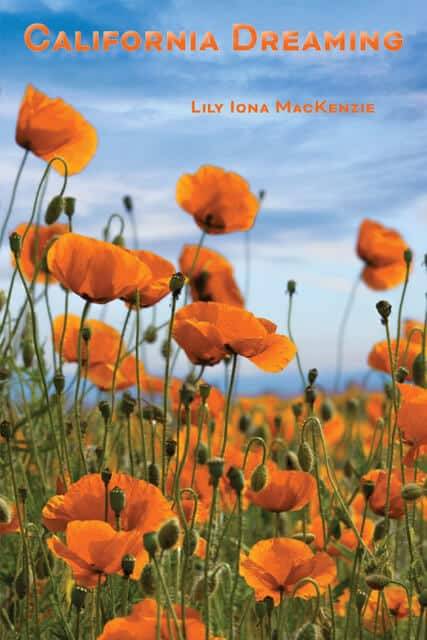
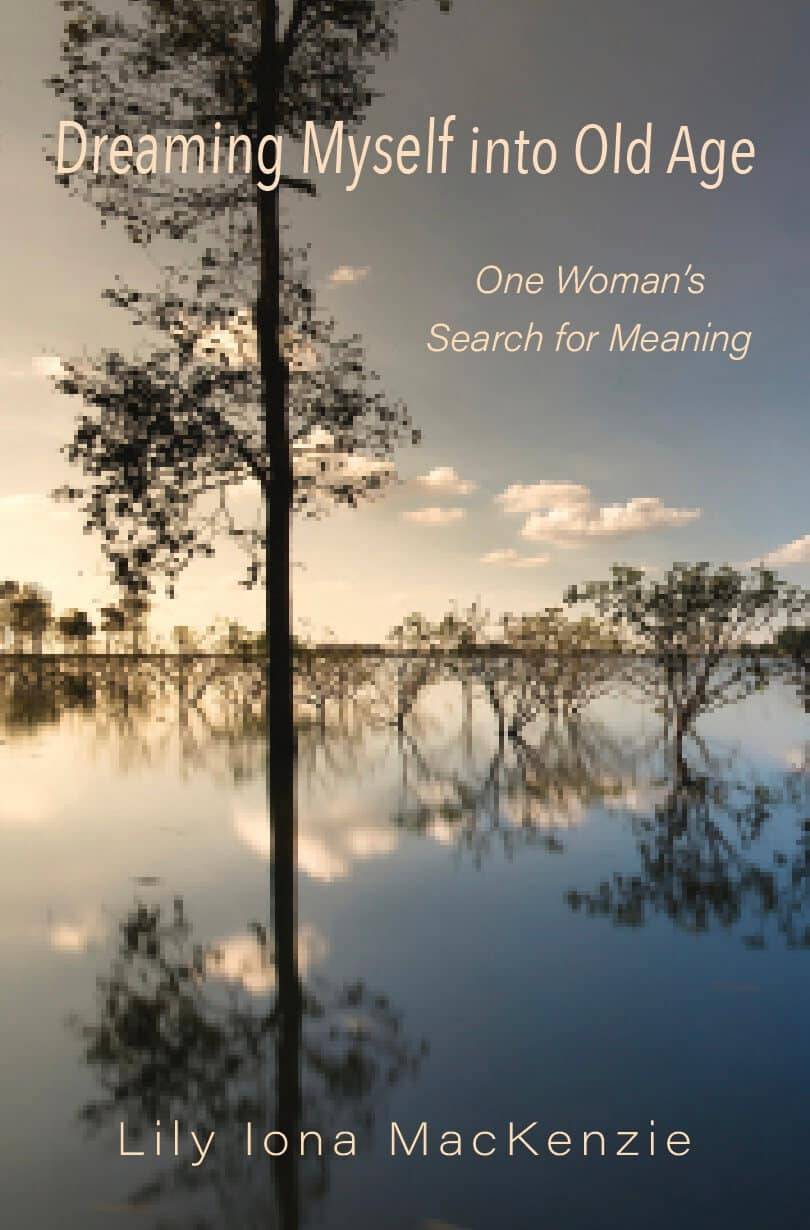
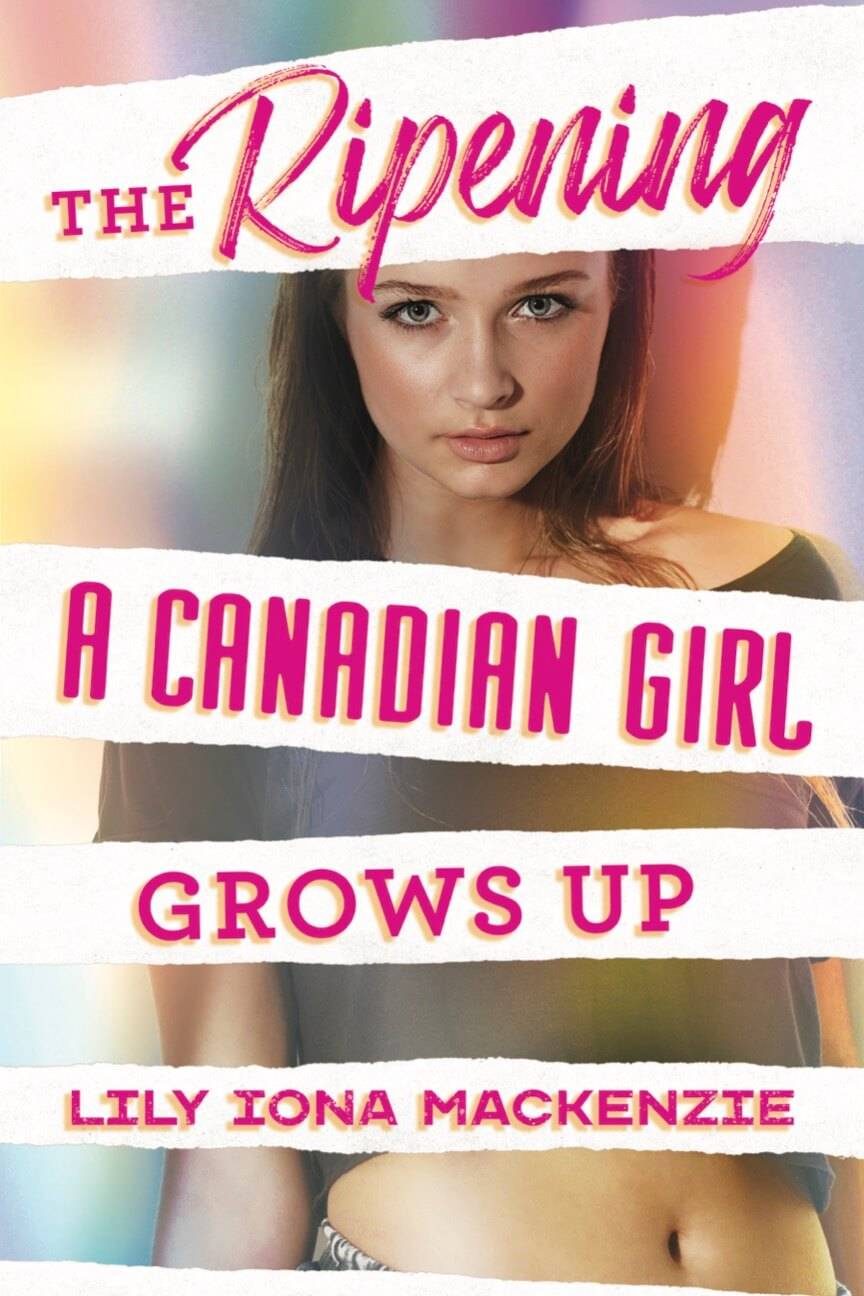

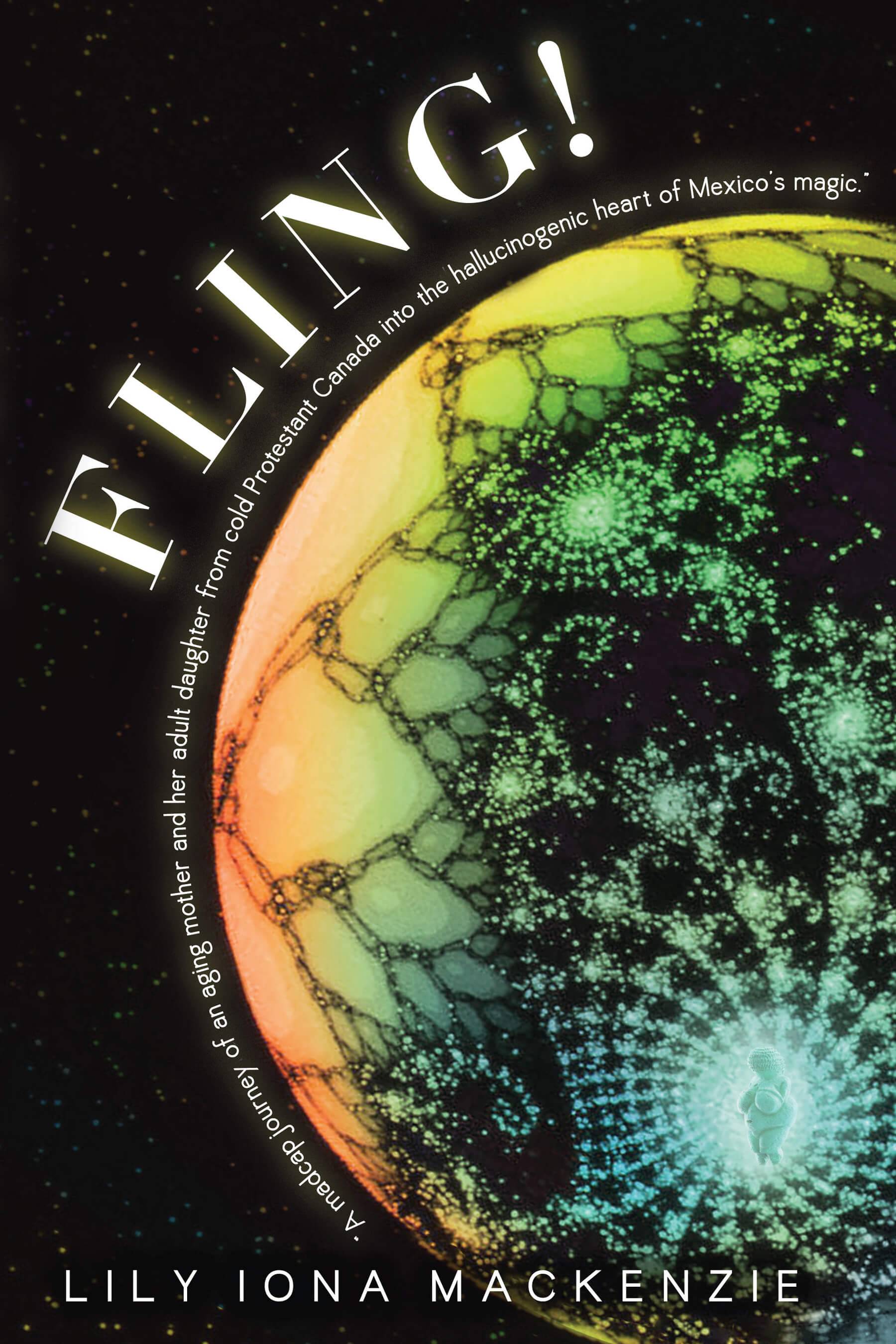







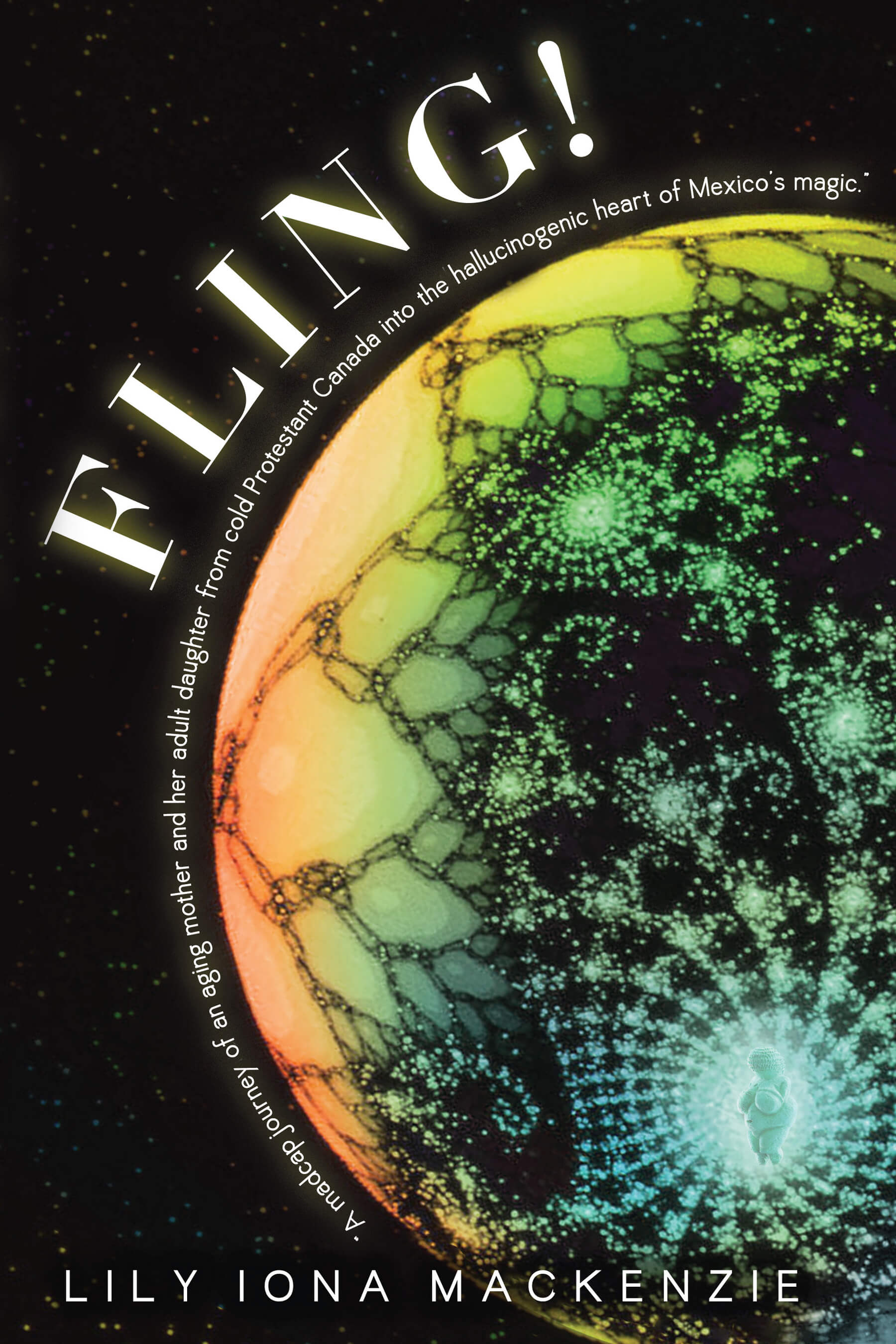
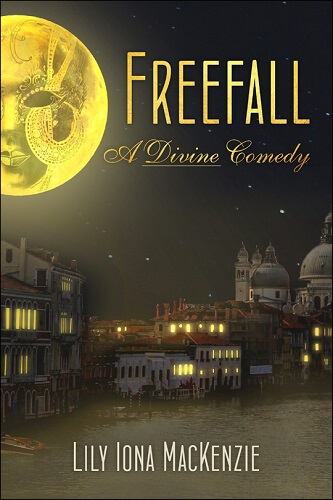
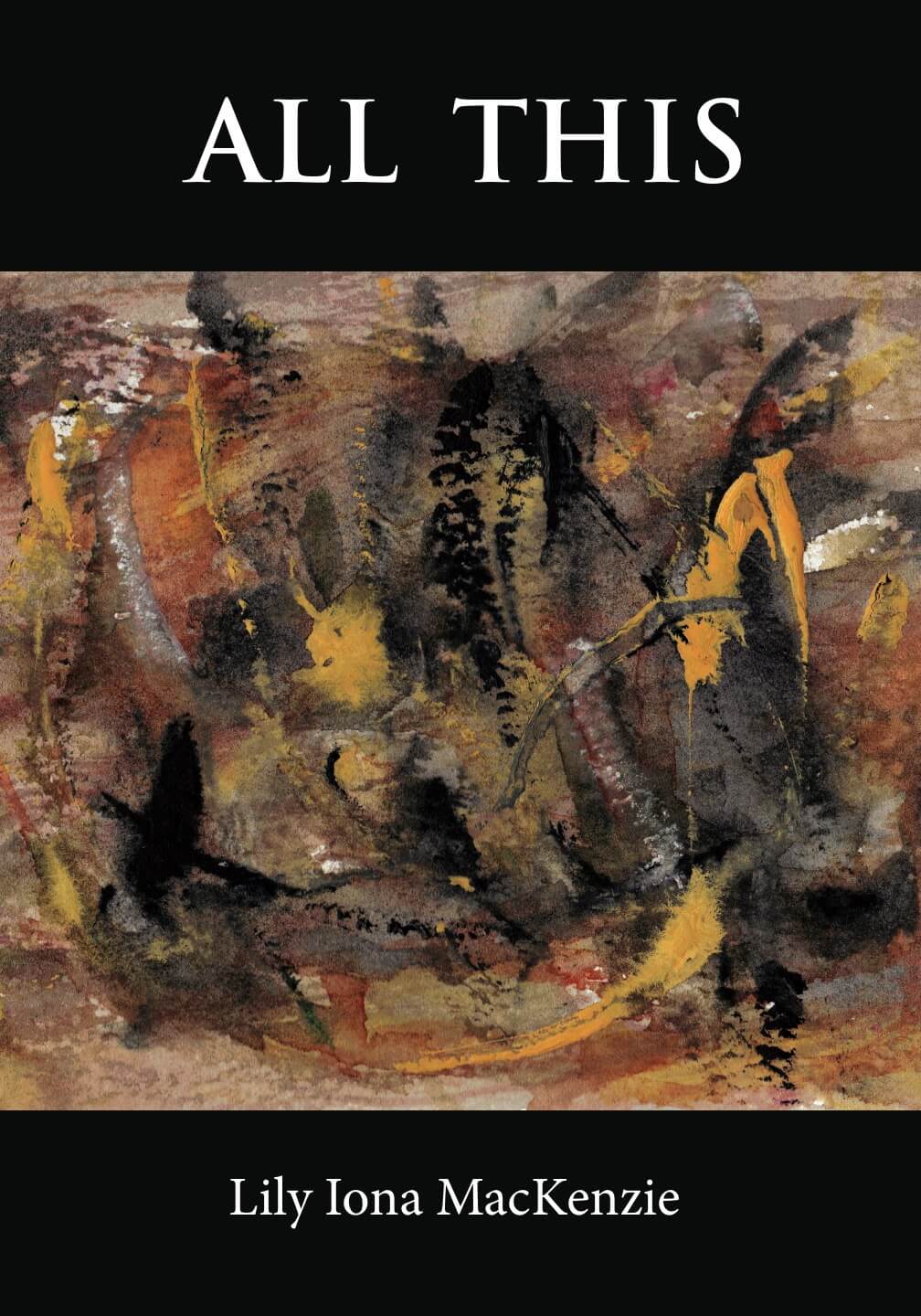
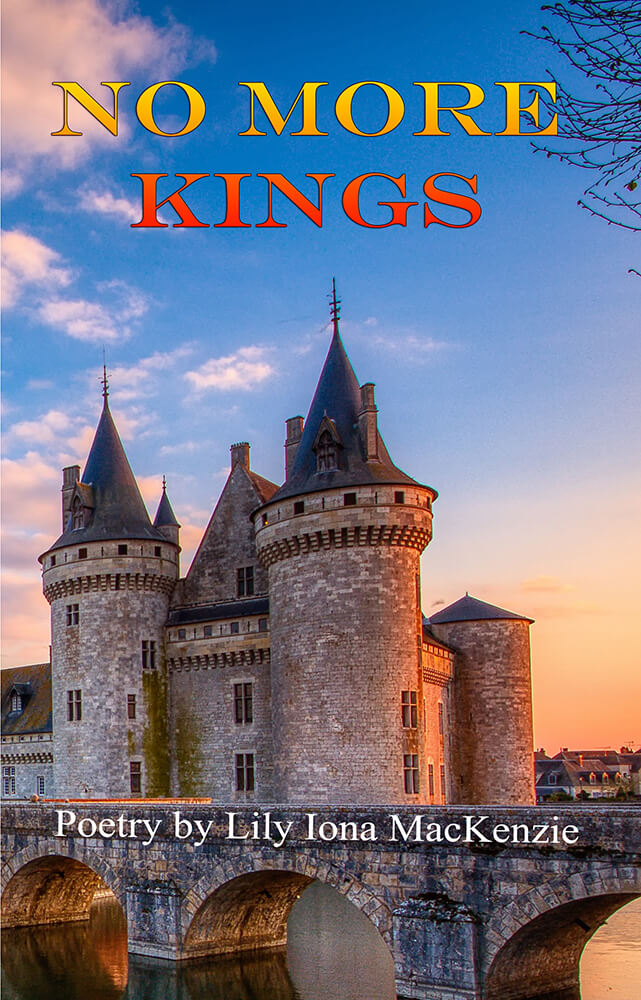








2 thoughts on “The Isle of Skye”
So nice to hear about Skye, I went there many times during my student days in Glasgow. I had a girlfriend there and knew all her friends
It’s a splendid, magical place. Sorry it’s so far away!